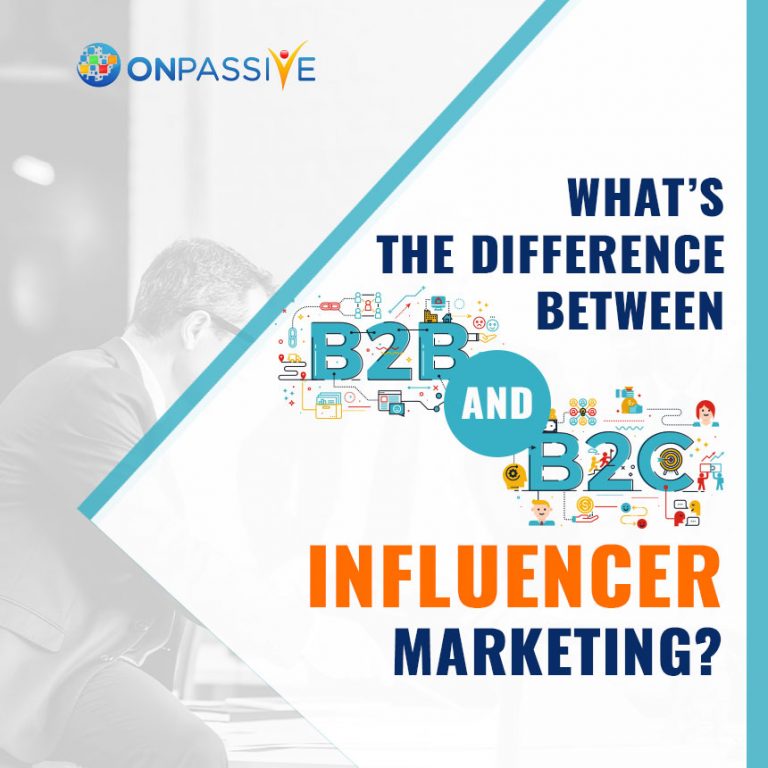
If you have ever worked in the digital marketing world, you’re familiar with B2C and B2B business types. However, you probably won’t be familiar with B2B and B2C marketing methodologies. More often than not, B2B (also called business-to-business) marketing focuses on coherent and logical process-driven purchasing decisions. At the same time, B2C (also called business-to-consumer) marketing focuses on emotion-driven purchasing decisions.
It isn’t always straightforward – obviously, sometimes there is overlap— however, these contrasts somewhere in the range of B2B and B2C search marketing are significant. For marketers or digital marketing organizations serving the two kinds of businesses, understanding these distinctions is essential to build up a high performing marketing technique for a business.
Regardless of whether it’s relationship building or communication methodology, marketers must adopt various strategies to expand the viability of their promoting and marketing strategies. Here’s a breakdown of the five essential B2B vs. B2C contrasts that each marketer has to know:
1. The Audience
Like we just addressed, the primary difference between B2B and B2C advertising and marketing is whom you’re focusing on, for example, an individual buyer or a business who may themselves target different businesses or consumers alike.
Accordingly, the intended and targeted audience for B2C is a solitary decision-maker who’s most probably going to purchase an item for their utilization. It will focus on highlights and benefits that suit their necessities.
B2B, then again, can be focusing on anything from a solitary C-level chief executive to a whole board committee who regulates and all choices a business makes. It compares to a broader audience centered on how the organization can benefit, a group of audiences that needs products or services to enable the business to improve.
2. The Language
Language in B2B growth of influencer marketing will, in general, be intensely influenced by industry jargon and related terms that talk more about the brand’s information than the products or services themselves, as the main objective is to focus on another business.
B2C, on the other hand, caters toward singular purchasers, prompting language that’s more relatable and basic enough for a broad audience to fathom.
As B2B considers different other businesses, the tone will be more formal and lend a final air intended to convey trust and worth. B2C, while as yet making progress toward authority, will frequently have a more casual – and even comical – tone that’s intended to be conversational.
3. The Channels
In light of the audience and language in mind, showcasing and marketing efforts can start. In this manner, both B2B and B2C brands need to consider the best spot they can contact their audience, i.e., the channels used to scatter content.
Since a B2C audience will be comprised of consumers that can in a real sense be found all over, essentially all channels can be utilized, with an accentuation on explicit channels that are best for businesses in explicit industries. For instance, Instagram and Pinterest for design and incredibly visual fashion brands.
B2B audiences, being comprised of fellow businesses, are more particular and selective in their frequent channels. While you can even associate with them through channels like Facebook and Twitter, you’ll have more luck with LinkedIn, which is more business-focused than other social channels.
4. The Motivation
Even though emotion has a significant influence in all marketing endeavors, you’ll need to put it in the backseat for B2B and supplant it with logic and productivity that works better with an audience looking for ability and expertise.
In like manner, since this audience is utilized to pitches and other marketing endeavors focused on them, you need nitty gritty content that focuses on the product’s primary highlights and clarifies how their organization can benefit from your products or services.
5. Industry noticeable quality issues for B2B influencer marketing
B2B influencer marketing and promoting works best when influencers get known for their work or prominence in the industry. Seth Godin and Neil Patel are two influencers driving the B2B influencer marketing space path, and they reached that accomplishment by standing out in their particular enterprises first. Conversely, some B2C influencer marketers accomplish name recognition generally due to being ‘influencers.’
B2B marketing isn’t more troublesome than B2C marketing; however, it requires an alternate approach methodology. The idea of the B2B audience and deals cycle demands patience. If you endeavor to completely comprehend the businesses, you’re offering and selling to the stakeholders’ inspirations. What you have to do to settle the negotiation, all that time and exertion will pay off in oodles of cash. 4 Surefire Strategies To Kickstart Your B2B Influencer Marketing Campaigns!


